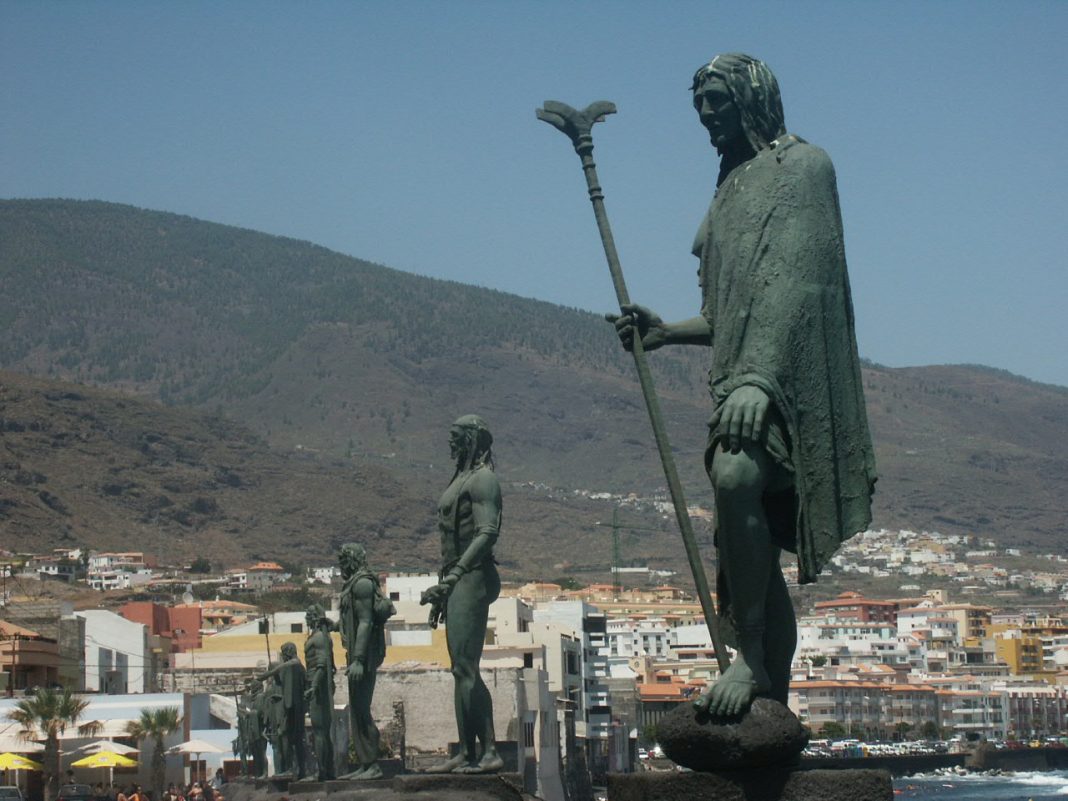Have any readers purchased one of those DNA test kits that have become so popular recently? Several stories in the tabloids tell of clients who have been “shocked” at discovering that their parents were not who they thought they were. I guess if you open yourself up to this kind of intimate investigation, one just has to accept the risks and take whatever is discovered.
I bought a DNA test kit shortly after the results of the 2016 EU referendum, as I was anxious to confirm my Irish heritage with a view to claiming my right to an Irish passport. All it took was a sample of saliva and a lengthy wait.
The results were fascinating, and it led to discovering cousins and other relatives that I didn’t know existed. I have since met several previously unknown relatives and, for me, it was money very well spent. It has also inspired me with an ongoing interest in my own ancestry, which I heartily recommend to others.
This new DNA technology has enabled anthropologists to further investigate the origins of the original inhabitants of the Canary Islands. This archipelago, which is made up of Tenerife, Gran Canaria, Fuerteventura, Lanzarote, La Palma, La Gomera, El Hierro and La Graciosa, is located off the north western coast of Africa, midway between Morocco and Western Sahara.
The study of its early indigenous people has always been subject to guesswork and argument, with little real evidence to back up various conclusions; that is until DNA testing arrived.
Early studies of the indigenous people of these islands have been made difficult because of the cruel colonisation of the islands during the Spanish conquest of the 15th Century. Over the years, there has been a healthy debate as to whether the first people to settle in the Canary Islands were Mediterranean sailors or travellers from afar.
These studies have suggested that the indigenous people of the Canary Islands were a mixture of Mediterranean and African people, but there is little reliable information about how these people actually arrived on the islands.
Recent DNA research by experts at Stanford University and the University of La Laguna in Tenerife suggest that the first people to settle on these islands were the Berbers from North Africa who arrived in the First Century. There are indications that other lineages from Central North Africa also settled on these islands.
This research suggests that DNA from 50 remains across 25 sites, between 150 AD and 1400 AD, can be traced from the Middle East to Africa, which indicates that the Berbers had already mixed with Mediterranean people before they colonised the islands. They had settled on all eight islands by 1000 AD.
The overall conclusion is that the Berbers sailed to the Canary Islands as explorers, ready to settle and colonise these islands. Migration to these islands was significant, since these people already had the resources to survive long before the slave trade and the development of sugar plantations.
Purchasing a DNA kit can lead to fascinating and sometimes unwelcome discoveries, but one that can lead to a fascinating journey into the past. Just one word of warning; do be prepared for a few surprises.
If you enjoyed this article, take a look at my websites: http://barriemahoney.com and http://thecanaryislander.com or read my latest book, ‘Letters from the Canary Islands’ and Spain’ (ISBN: 9780995602731). Available in paperback from Amazon, Waterstones and all good bookshops, as well as Kindle editions.
Join me on Facebook: @barrie.mahoney
© Barrie Mahoney





